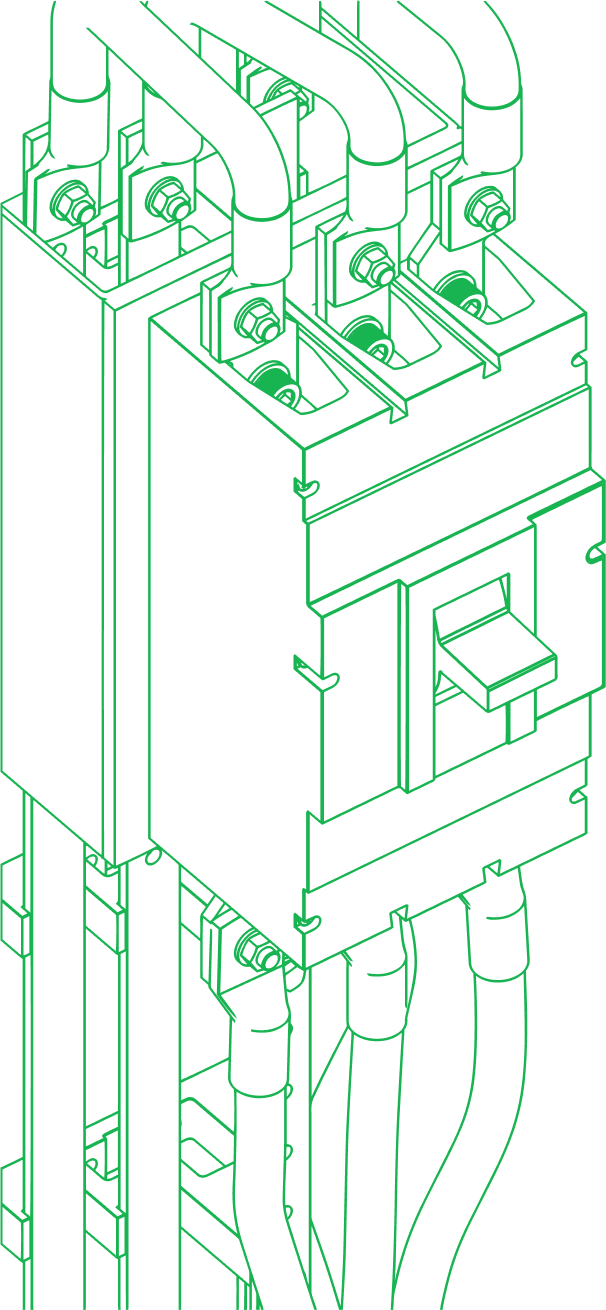Table of Contents
Most marketers care a lot about getting new leads or closing deals, but there’s a huge opportunity right in the middle: mid funnel marketing. This is where your leads know who you are, but they’re still weighing their options. If you can win them over here, you’ll move deals faster, grow your pipeline, and convert more without pushing too hard.

This blog will help break down what mid funnel marketing looks like today and how you can make it work for your company.
TL;DR: What is mid funnel marketing, and why does it matter for your business?
-
Mid funnel = leads know you, but aren’t ready to buy
-
Focus on educating, building trust, and guiding next steps
-
Best content: blogs, case studies, comparison tools, white papers, lead magnets
-
Smart tactics: retargeting, helpful nurture emails, sales-aligned one-pagers
-
Key metrics: content engagement, lead score, stage velocity, pipeline influence
-
When done right, mid funnel marketing accelerates sales and builds lasting trust
How does mid funnel marketing help turn awareness into qualified leads?
Mid funnel marketing is all about the in-between stage. Your leads have shown interest, maybe by downloading something, but they’re not quite ready to buy.
Your job is to help them feel confident moving forward. This is the phase where you focus on educating, building trust, and showing them why you’re the right choice.
Typical goals in this stage:
-
Turn Marketing Qualified Leads (MQLs) into Sales Qualified Leads (SQLs)
-
Use smarter lead scoring and segmentation
-
Speed up the buying process by answering questions early
Position your brand as the go-to resource
Before you dive into tactics, it helps to zoom out.
Our guide, The BowTie Model: How & When to Pull the 4 Levers of Revenue Growth, shows you how to pinpoint the exact lever—Conversion, Volume, Retention, or Deal Size—that will actually move the needle in your funnel.
Whether you're trying to qualify better leads or speed up deal cycles, this model helps you focus your mid-funnel efforts where they’ll have the biggest impact.
Get the guide 👇
How does mid funnel marketing fit into a modern demand generation strategy?
Mid funnel marketing is a focused part of demand generation. While the top of the funnel builds awareness, the middle is where leads get serious about their choices.
You’re helping them:
-
Understand your value
-
Overcome doubts or hesitations
-
Learn from other customers’ experiences
-
Stay connected with your sales team
What’s changing
Demand generation is no longer just about traffic. It’s tied directly to revenue. Smart teams align mid-funnel marketing with sales and RevOps to make sure these efforts lead to real results.
What types of mid funnel content actually drive engagement and conversions?
Let’s look at the best content types for this stage and how to use them.
1. Blog Content with Real Value
Your leads want answers. Create blogs that:
-
Compare your solution with competitors
-
Break down helpful frameworks
-
Answer niche or complex questions
Tip
Use topic clusters in HubSpot to connect blog content to specific problems. Automate follow-ups based on what they read.
2. Comparison Guides and Product Pickers
These tools help your leads weigh their options, while you get to highlight what makes you better.
Include:
-
Honest comparisons with other players
-
Pros and cons that speak to your audience
-
Clear CTAs for demos or free trials
Tip
Try interactive tools like product selectors or ROI calculators. They feel personalized and give you great data.
3. Case Studies That Feel Relatable
Case studies are perfect for the mid-funnel stage. Just skip the usual marketing fluff.
Instead, show:
-
The challenge your customer faced
-
What you actually did (in simple steps)
-
Real numbers and outcomes
-
Why this matters for someone just like your lead
Tip
Group case studies by industry or use case to support targeted campaigns or sales outreach.
4. White Papers and Reports That Teach
If your solution is more complex, offer deeper dives that educate your leads.
-
Quick summaries for email follow-up
-
Key points turned into social posts
-
Interactive versions
Tip
Keep it digestible. In 2025, shorter and more engaging formats win.
5. Lead Magnets People Actually Want
Skip the generic checklists. Focus on useful tools your leads can actually use:
-
Templates
-
Frameworks
-
Step-by-step toolkits
-
Quizzes to assess readiness or gaps
Tip
Pair these with progressive profiling so you gather more context over time.
What does effective mid funnel marketing execution look like?
Let’s walk through what real execution looks like.
Smart Retargeting
You’re not necessarily trying to grab attention, you’re just reminding leads why they were interested in the first place.
-
Show content based on what they already looked at
-
Use testimonials and videos to build trust
-
Tailor ads by industry, role, or pain point
Email Nurtures That Don’t Feel Like Spam
Your emails should feel helpful, not robotic.
A good nurture series:
-
Calls out the problem
-
Offers a method or framework
-
Backs it up with proof
-
Invites them to learn more (not just "buy now")
Tip
Change nurture tracks based on lead score or behavior.
Using Social for Trust, Not Just Awareness
At this stage, use social to build credibility.
-
Highlight customer wins
-
Share review site quotes
-
Give behind-the-scenes insights, like how onboarding works
Allbound strategies ensure leads are influenced by every part of your GTM engine—not just marketing 👇
Sales Enablement at the Mid-Funnel Stage
Marketing and sales should be aligned here. Help your sales team with:
-
One-pagers tailored to buyer personas
-
Content that handles common objections
-
Tools like calculators or checklists that help justify purchase

What are the most important mid funnel marketing metrics to track?
Don’t just measure how many leads enter the funnel. Look at:
-
How deep they engage with content (scroll depth, downloads)
-
Lead quality (fit and engagement score)
-
How fast they move through stages
-
Influence on pipeline and revenue
-
Email performance and conversion paths
Tip
A/B test nurture emails and use workflows to redirect cold leads into reactivation sequences.
Why Mid Funnel Marketing Deserves More Attention
Top-of-funnel gets you on the radar. Bottom-of-funnel gets the deal signed. But mid funnel? That’s where decisions start forming.
Invest in this stage and you:
-
Build real trust
-
Speed up sales
-
Set yourself apart from competitors
-3.png)

-1.png)
-1.png)

